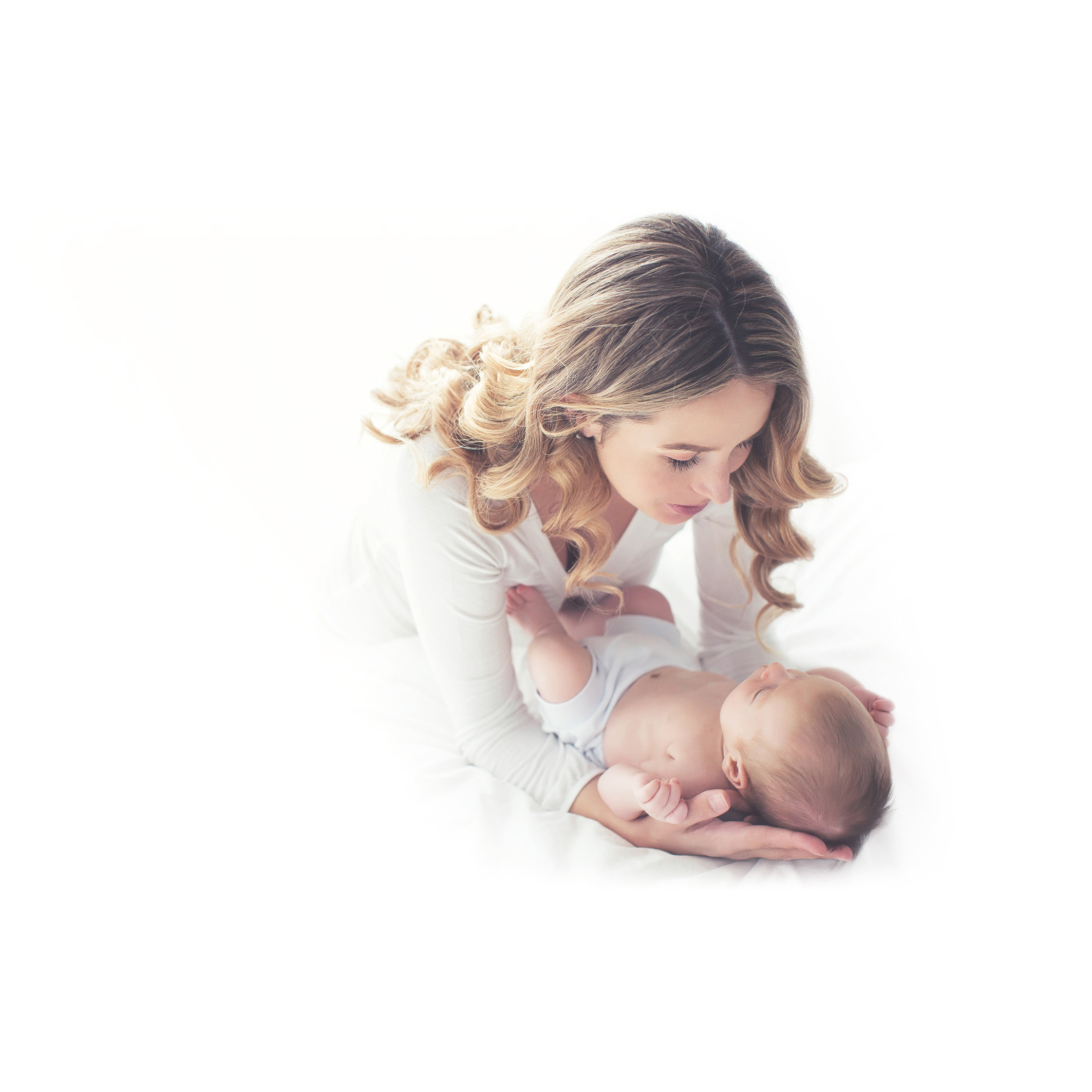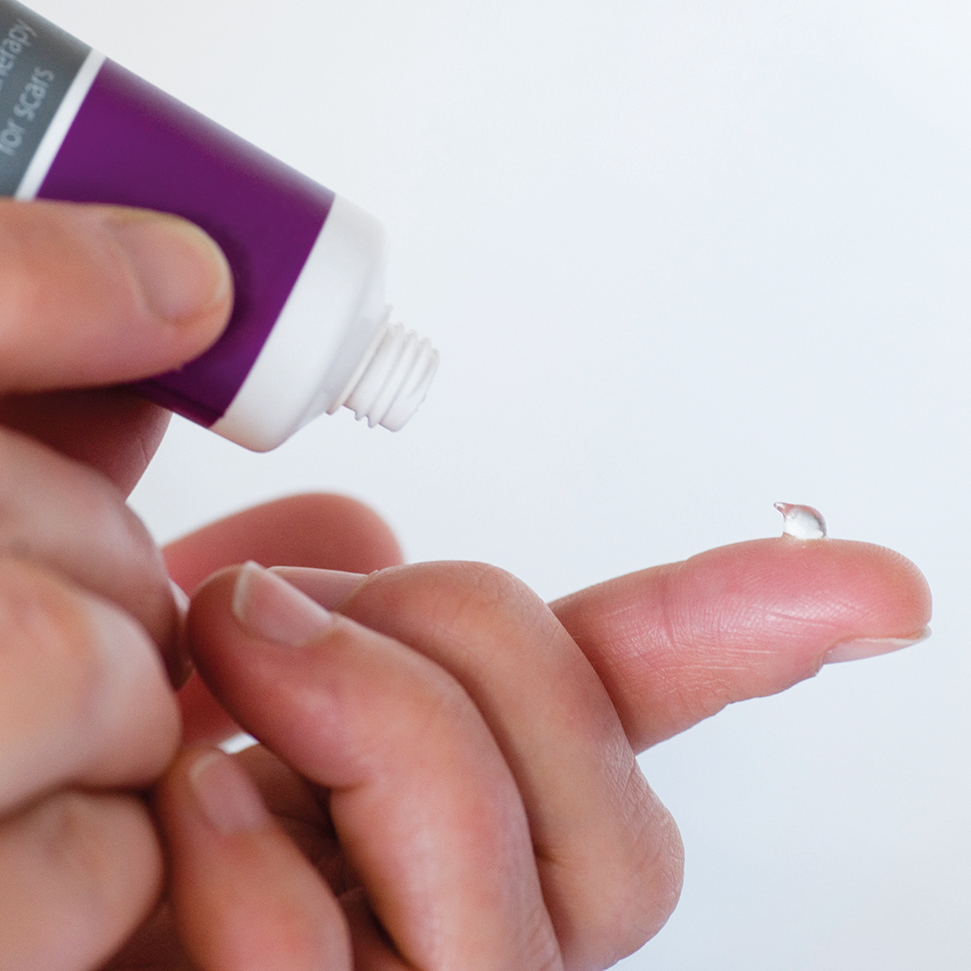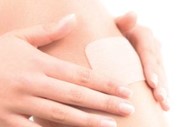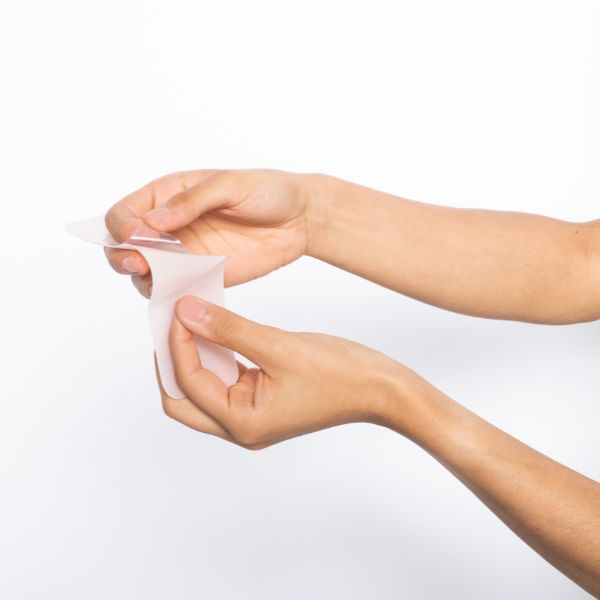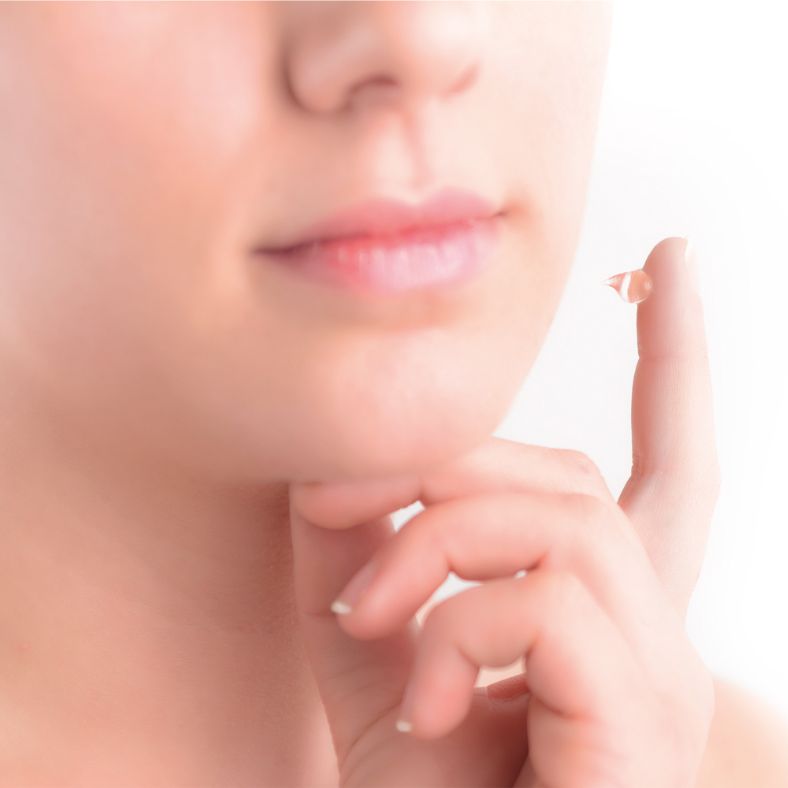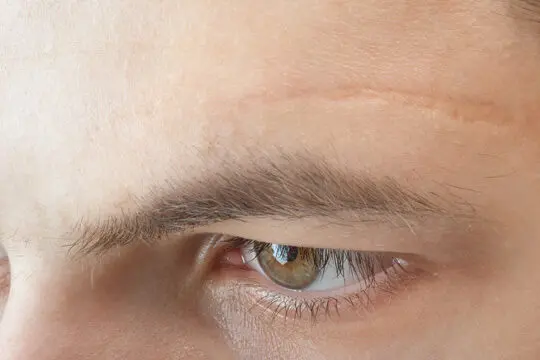Permanent scarring symptoms after caesarean section

Having a C-section is a major surgery, and I know it can have a big impact on both your body and mind. Your recovery takes time, and the scar it leaves behind can sometimes cause discomfort, even months later. Many of the changes and sensations you might be feeling are connected to the way your scar continues to heal. In this guide, we’ll walk through some of the most common post-C-section issues and share tips and solutions to help you feel more comfortable as you heal.
In the following sections, we will discuss four frequently mentioned scar complaints that women experience during the recovery from a caesarean section.
Thickening of the scar
A scar, including the scar after a caesarean section, sometimes shows some signs of thickening in the first few weeks. This can be accompanied by some pain, itching and a red color.
When a scar eventually grows into a 'normal scar', this thickening eventually disappears. The scar becomes flatter, softer and the color also returns to the approximate color of normal skin. After about a year, the scar is as good as flat. The form is then final.
But until then, there is still a chance that the thickening of the scar will remain or grow further. This will result in an abnormal scar. A characteristic of an abnormal scar is therefore thickening of the scar occurs: Furthermore, the following 4 symptoms are characteristic of an abnormal scar.
- Dryness of the scar
- The scar pulls
- The scar itches
- A bright red color of the scar tissue


Applying silicone sheets may help flatten and soften C-section scars while also relieving itching. That’s why it’s important to start caring for your scar as early as possible while it’s still healing. The sooner you begin treatment, the better the results.
Scarban C-Section is a resuable silicone sheet specially designed for C-section scars. It helps reduce redness, keeps the skin hydrated, and promotes better healing. By starting early, you can improve comfort and prevent thick, raised scars.
Scar still painful after years
Are you still experiencing pain after your cesarean section? That's not 'normal'. And you don't have to keep walking around with it either.
Normally, your scar still hurts in the 1st weeks after a caesarean section. But those complaints should subside after a few months.
Is this not happening? Then it seems that your scar is abnormal: a thickening occurs. Then your scar will 'pull' a lot, for example with certain movements. That's what causes the pain.
Therefore, always keep a close eye on your scar after wound closure. Start treating your scar wound on time with silicone therapy or a moisturiser such as ALHYDRAN.


Why does your C-section scar still hurt after years?
Your C-section scar may still hurt years later, and that can be frustrating. A scar can become quite stiff over time, especially one as significant as a C-section scar. It’s easy to underestimate how major this surgery is, but it leaves a lasting impact on your body.
For some mums, the scar thickens more than usual, making the skin even tighter and less elastic. You might not even notice it at first, but years later—especially during a second pregnancy—your growing belly puts extra strain on the area, leading to discomfort or pain.
If you're feeling this, you're not alone. Many mums experience similar issues, and understanding why it happens is the first step to finding relief.
What can you do about scar pain years after a caesarean section?
- It's never too late to take good care of your scar. Silicone therapy also helps with old scars.
- In addition, loose-fitting clothing, sufficient rest in case of pain, and massaging your scar daily help.
What can you do about scar pain years after a caesarean section?
- It's never too late to take good care of your scar. Silicone therapy also helps with old scars.
- In addition, loose-fitting clothing, sufficient rest in case of pain, and massaging your scar daily help.
The Abdomen hangs over the C-section Scar
Your belly has to endure a lot after a caesarean section. During your pregnancy, the skin of your belly stretches considerably. This will result in a swollen belly after your caesarean section. The muscles also become weaker underneath. Unfortunately, your skin does not immediately bounce back to normal after giving birth. If only it were so. As a result, many women have looser abdominal skin after giving birth.
There is probably not much that can be done about the overhanging abdomen that occurs after a C-section. A proper diet for weight loss, abdominal exercises, or sprats can help a little. Make sure you are well informed by your doctor first.
In any case, it is a matter of waiting and being patient. There is a good chance that the abdominal skin will recover somewhat in the months after you give birth.


Adhesions of the scar
Do you also suffer from symptoms other than pain, such as:
- Bowel complaints
- Back pain (feeling like your back is being 'pulled')
- Pelvic pain
- Upset stomach
- Incontinence
- Pain during abdominal exercises
When you think of those kinds of complaints, you don't immediately think of your caesarean scar. But they can be involved.
These complaints indicate possible adhesions of the subcutaneous scar tissue. Adhesions are strands of connective tissue that can form after an accident, infection, or inflammation, but also after a scar.
These adhesions also mean that something is not quite right in the recovery process of your caesarean scar.
In a caesarean section, these connective tissue strands lie between the abdominal organs themselves, and between the abdominal organs and the abdominal wall. So it takes place a little deeper in your body.
You can recognise adhesions on the outside by the following characteristics:
- The scar pulls in a bit.
- It is thick and lies clearly on the skin
- It is red or darker in color than the skin.
- There is a tight, painful sensation at the site of your scar.
FAQs
What causes thickening of a C-section scar?
In the initial weeks post-surgery, it's common for the scar to thicken, accompanied by pain, itching, and redness. Typically, the scar flattens and softens over time, but if thickening persists, it may indicate an abnormal scar.
Why does my C-section scar still hurt years later?
Persistent pain years after a C-section isn't typical. It may result from scar tissue thickening, causing tightness and discomfort, especially during certain movements.
What are adhesions, and how do they relate to C-section scars?
Adhesions are bands of connective tissue that can form between abdominal organs and the abdominal wall after surgery. They may lead to symptoms like bowel issues, back or pelvic pain, and discomfort during exercise.
How can I manage and reduce C-section scar symptoms?
Early scar care is crucial. Using silicone sheets after wound closure, such as the Scarban C-Section Recovery Kit, can help flatten and soften the scar, reducing redness and discomfort.
When can I drive or lift heavy objects?
Avoid driving for at least six weeks and only lift items as light as your baby to prevent strain on your abdomen.
About the Author

Topics
- Scarban
- Scarban
- Dermasilk
- Eczema
- Alhydran
- Therapeutic clothing
- BAPScarCare
- Sensitive Skin
- Eczema clothing
- Itching
- Varicose eczema
- Dermasilk wash and care instructions
- Jock itch
- Menopause
- Chemotherapy
- Clinical studies
- Size guide
- DermaTherapy bedding
- Night sweats
- Bedsores
- Insomnia
- Night Terrors
- Recovery
- Anti-microbial
- Stain-Resistant
- Vulvodynia
- Testimonials
- Eczema in kids
- Instructions for use
- Scar treatment
- Silicone sheet
- Facial scars
- Scars on hand
- Scar on finger
- Eczema
- SPF
- Eczema creams and lotions
- ALHYDRAN Special Care
- Warts in children
Tags



